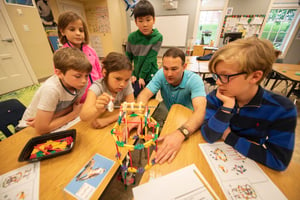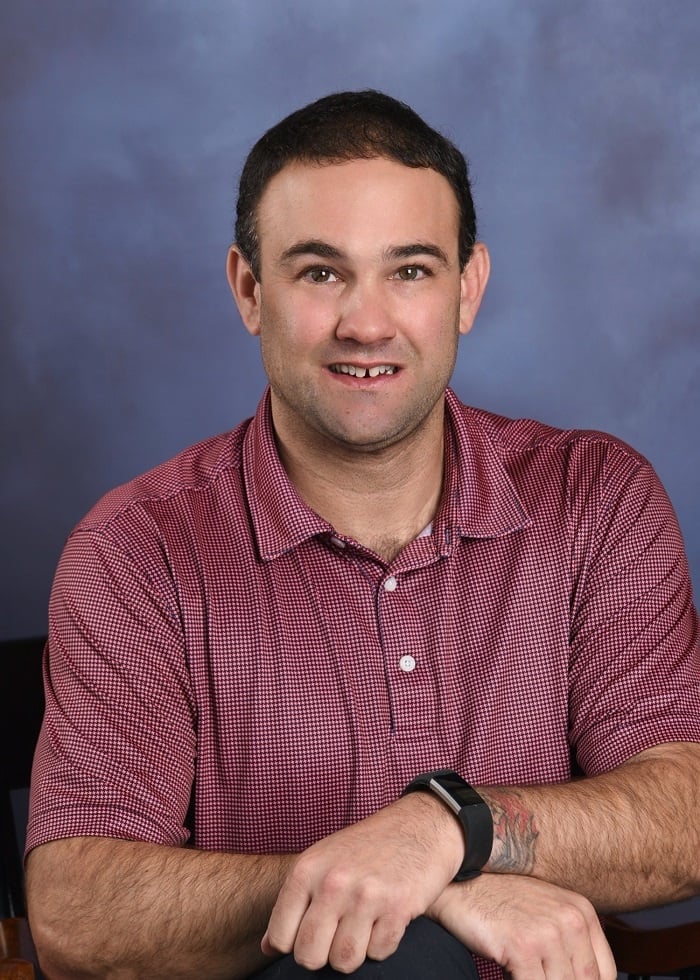 Design Thinking is a teaching approach that incorporates the engineering design process in hands-on, collaborative projects. Students are guided through the design steps to problem solve. The process is meant to be repeated to create the best possible solution. Project-based and problem-based learning engages students while providing essential Science, Technology, Engineering, and Mathematics (STEM) skills that inspire innovation.
Design Thinking is a teaching approach that incorporates the engineering design process in hands-on, collaborative projects. Students are guided through the design steps to problem solve. The process is meant to be repeated to create the best possible solution. Project-based and problem-based learning engages students while providing essential Science, Technology, Engineering, and Mathematics (STEM) skills that inspire innovation.
WHAT IS THE ENGINEERING DESIGN PROCESS?
The engineering design process is a method of finding solutions to problems, but it’s more than just brainstorming a list of ideas. When students use the design process they must:
- Explore: Learn about the problem.
- Brainstorm: Imagine many ways to solve the problem.
- Plan: Choose one of your ideas and decide how to make it a reality.
- Build: Create the model, test it, and make changes to improve it.
- Reflect: What worked well? What would you want to change?
WHY USE THE ENGINEERING DESIGN PROCESS?
The design thinking method gives students an organized way of approaching a challenge and methodically figuring out a way to address that challenge. Instead of giving step-by-step directions to follow, students are given open-ended questions to guide them to think critically about how to create a design. It’s about allowing students to realize that there often isn’t just one right answer.
At Sanford School, we use the engineering design approach because, whether in or out of the science lab, students will always come across problems that need to be solved. Integrating this approach encourages students to learn from failure. Students continually develop these engineering skills in the curriculum from preschool through fourth grade.
John Bell is the Lower School Science Teacher at Sanford School. He earned his bachelor's degree in Environmental Studies from California State University in Sacramento. He received his master's degree in Science Education from Montana State University. He was a field biologist studying raptors across the Western United States before teaching.
See Also: STEM! STEAM! 21st Century: The ABCs of Educational Buzz Words, Part 1; STEM! STEAM! 21st Century: The ABCs of Educational Buzz Words, Part 2; What is Authentic Learning?







